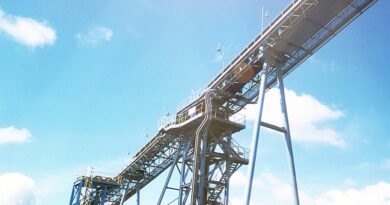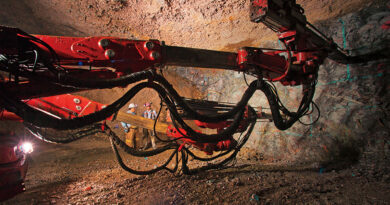Lithium expected to be in deficit longer term
Lithium carbonate and hydroxide prices continued to exhibit a descendant trend throughout the most of 2019, with monthly average lithium carbonate prices dropping 36% between January and December, says Roskill.
Trends in Q1 2020 have seen monthly average prices fall further to <US$7,000/t Li2CO3 for the first time since 2014, eroding price increases caused by forecast strong demand growth in the lithium-ion battery industry and uncertainty over future supply.
Just as higher prices incentivised the rapid commissioning of production capacity throughout the supply chain, the slide in lithium prices has stressed almost all producers from mined products to refined compounds, causing output curtailments or suspensions.
Demand for lithium compounds from the rechargeable battery industry has displayed strong growth throughout the 2010s, with the increasing use of larger Li-ion batteries in automotive applications.
In 2019, rechargeable batteries accounted for 54% of total lithium demand, almost entirely from Li-ion battery technologies.
Though the rapid rise of hybrid and electric vehicle sales has brought attention to the requirement for lithium compounds, falling sales in H2 2019 in China, the largest market for EV’s, and a global reduction in sales caused by lockdowns related to the COVID-19 pandemic in H1 2020 have put the short-term ‘breaks’ on lithium demand growth, impacting demand from both battery and industrial applications.
Longer term scenarios continue to show strong growth for lithium demand over the coming decade however, with Roskill forecasting demand to exceed 1.0Mt LCE in 2027, with growth in excess of 18%py to 2030.
The shift towards high-nickel cathode materials, to increase battery energy density, is accelerating demand growth for lithium hydroxide, though its cost premium over lithium carbonate has made some consumers reluctant to switch feedstock.
Lithium hydroxide is expected to become the dominant lithium chemistry consumed, though the balance between lithium carbonate and lithium hydroxide remains highly dependent on lithium-ion cathode requirements.
Longer term, further additions to lithium production capacity for mined and refined lithium products will be required to keep pace with demand growth, led by battery applications. Even major incumbent lithium producers are at risk of failing to meet production targets and expansion plans, highlighting the technical and financial hurdles involved with bringing sizable volumes of new capacity online.
Roskill maintains the view that future refined lithium supply will remain tight, with a period of sustained supply deficit in the mid-2020s.




